Aviation
Why do Ryanair seats have NO back pockets? Ryanair has uncovered the design of its ‘game changing’ new seats
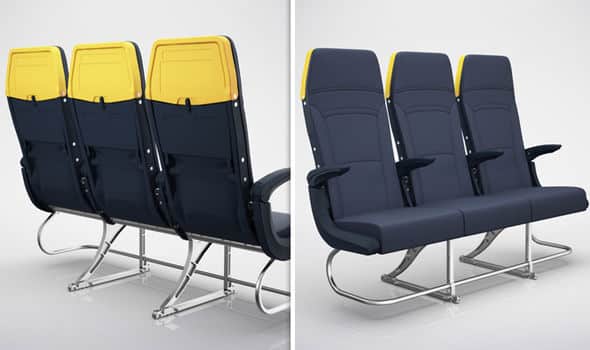
Ryanair has unveiled the design of its ‘game changing’ new seats which will benefit passengers.
But the budget Irish airline still won’t use back pockets.
The new seats will give customers 31 inches of legroom, one inch more than the current design.
They will also be lighter and will enable the aircraft to fit 197 seats on board instead of 189.
This means fares will be lower for passengers, according to the airline.
The seats will be installed on Ryanair’s new fleet of Boeing 737 MAX 200, due to be delivered in spring 2019.
But as is the case with the current seats, there won’t be any back pockets on the new design.
Ryanair hasn’t used back pockets on its seats in over a decade. The airline says this enables a quicker turnaround time by reducing the amount of items to be cleaned and checked.
A spokesperson said: “Ryanair’s current fleet of Boeing 737-800 aircraft have a seat pitch of 30 inches – more legroom than British Airways and Lufthansa economy seats.
“All Boeing 737 Max ‘Gamechanger’ aircraft, delivered from Spring 2019 onwards, will have the new Zodiac seats announced on Wednesday, with a roomier 31 inch seat pitch, and due to the new sculpted seat back, also provide additional knee and shin room at the same pitch.
“Since 2004, Ryanair seats have not included seat back pockets, allowing us to maintain our industry-leading 25 minute turnaround, and reduce cleaning costs – which are passed on to customers through lower fares.
“Adding seat pockets to our seats is not something we are asked for by our customers.”
The airline also considered removing armrests when it reduced the size of its in-flight magazine back in 2012, but “decided against it”.

Aviation
Boeing, Antonov to Collaborate on Defense Projects
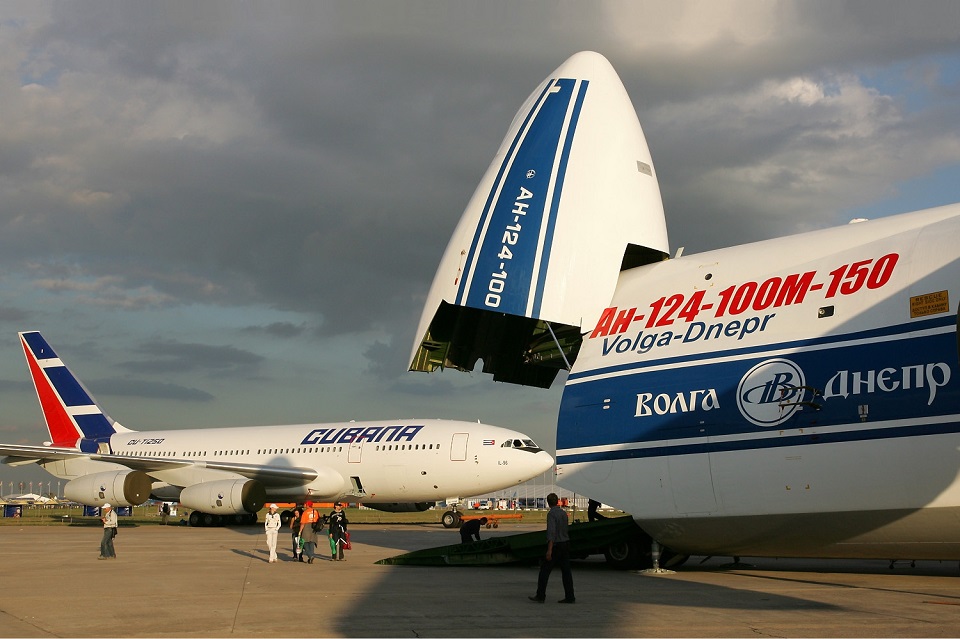
– MOU represents Boeing’s commitment to work with Ukrainian industry
– Includes exploring opportunities for collaborating on in-country support of Unmanned Aerial Systems
A Memorandum of Understanding was signed today by Boeing and Antonov Company to investigate potential collaboration on defense-related projects.
“We’re happy to keep collaborating with the Antonov Company to help Ukraine’s economic development and expansion,” stated Ted Colbert, CEO and president of Boeing Defence, Space, & Security.
Airbus and the Antonov An-225: The Best Partnership:Click here
“This agreement demonstrates our ongoing efforts to find more opportunities to work with Ukrainian industry, which was underscored by our signing of the Ukrainian Defence Industry Compact earlier this year.”
The areas of potential collaboration identified in the agreement consist of training, logistical support and overhaul services for tactical Unmanned Aerial Systems utilized by the Ukrainian Armed Forces, which includes the ScanEagle. In addition, the companies will also explore opportunities for Antonov to provide engineering support to Boeing.
The six largest cargo aircraft ever built in the aviation industry:Click here
“A strong, innovative, and efficient defense industry is key to sustainable economic development and national security, and we are extremely excited to collaborate with Boeing,” said Ievhen Gavrylov, CEO of Antonov Company.
This agreement brings a whole new level of opportunity to implement the latest and most effective solutions – in addition to the possibility of future projects with Boeing in the aerospace and defense industry.”
-
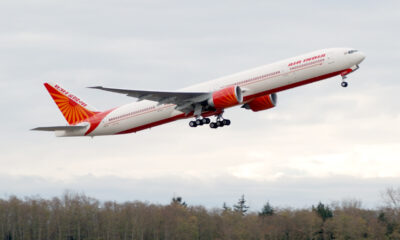
 Travel1 week ago
Travel1 week agoAir India to Expand US Operations with Three New Routes After a Decade
-

 Travel2 weeks ago
Travel2 weeks agoWhy We Should Avoid These Stamps in a Passport
-
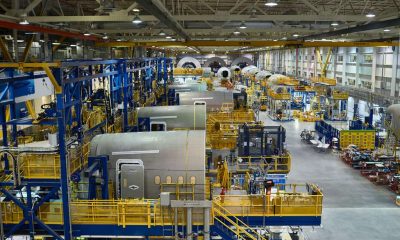
 Airlines1 month ago
Airlines1 month agoInvestigations Reveal Fake Chinese Titanium in Boeing and Airbus Jets
-

 Tech4 weeks ago
Tech4 weeks agoChina’s CATL Plans 1,800-Mile Electric Plane Launch by 2027
-
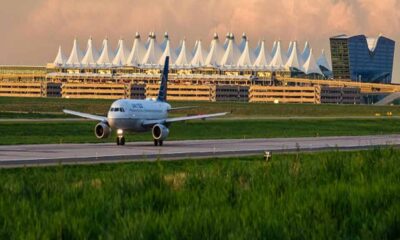
 Airport3 days ago
Airport3 days agoTop 10 Largest Airports in the World by Size
-
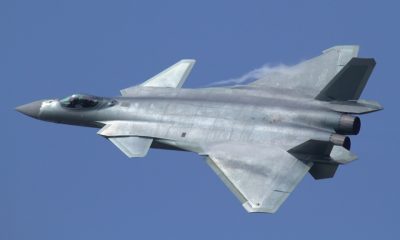
 Aerospace4 weeks ago
Aerospace4 weeks agoChina’s Fighter Jets Turn Wings into Autonomous Drones
-
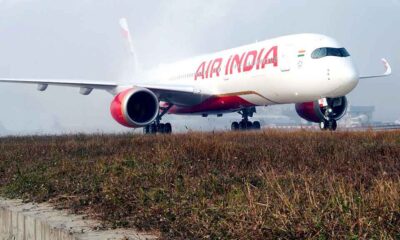
 Airlines4 days ago
Airlines4 days agoAir India Rolls Out A350s for Delhi-New York JFK and Newark Routes
-
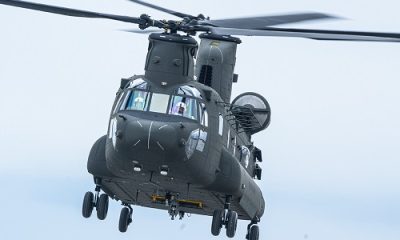
 Defence3 weeks ago
Defence3 weeks agoBoeing Enhances Chinook with New Engines and Block II Upgrades at $96 Million







